 |
Internet Safety |
1.00 |
There's almost no limit to what you can do online. The internet makes it possible to access information quickly, communicate around the world, and much more. Unfortunately, the internet is also home to certain risks, such as malware, spam, and phishing. If you want to stay safe online, you'll need to understand these risks and learn how to avoid them. |
 |
Internet Safety for Kids |
1.00 |
In this course, you will learn about the common dangers of frequent internet use, the best ways to deal with and avoid such dangers, methods to teach kids about internet safety, and more. |
 |
Internet Tips |
0.50 |
This course covers the basics of how to get started using the internet, including tips that can help make your experience the best it can be. |
 |
Interpretation Basics: Module III Storytelling |
2.50 |
If you've successfully completed Interpretation Basics: Modules I and II, you can further develop your interpretive skills by completing the third module in the series: Interpretation Basics III: Storytelling. A well-told story is the most powerful way to connect visitors to your organization's mission and inspire conservation action. The skills presented in this course will help you select, develop, and deliver message-driven stories that are compelling, enjoyable, meaningful, and memorable. |
 |
Interviewing Skills |
1.00 |
This course will teach you about the different types of interviews, how to prepare for an interview, important interview etiquette, how to stand out among other candidates, how to decide whether to accept or decline a job offer, and the types of questions which interviewers cannot ask. |
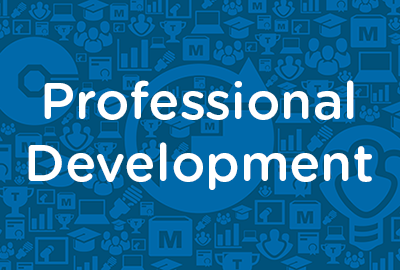 |
Interviewing Skills: EEO Guidelines |
0.50 |
The Equal Employment Opportunity Commission (EEOC) administers and enforces Title VII, which prohibits discrimination in employment on the basis of race, color, religion, sex (including gender identity, sexual orientation, and pregnancy), national origin, age (40 or older), disability, or genetic information. Other federal, state, and municipal laws also prohibit discrimination on these, and other, bases.
In this course you will learn to: list the provisions, general principles, and key terms of EEO, and identify appropriate and inappropriate interview questions, including those that are not permissible according to the law. |
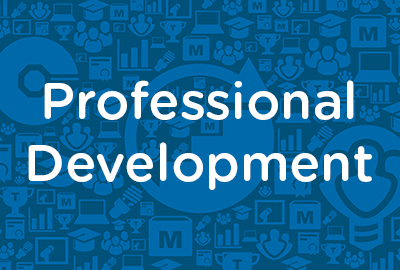 |
Interviewing Skills: EEO Guidelines (Instructor Guide) |
0.50 |
The Equal Employment Opportunity Commission (EEOC) administers and enforces Title VII, which prohibits discrimination in employment on the basis of race, color, religion, sex (including gender identity, sexual orientation, and pregnancy), national origin, age (40 or older), disability, or genetic information. Other federal, state, and municipal laws also prohibit discrimination on these, and other, bases.
In this course you will learn to: list the provisions, general principles, and key terms of EEO, and identify appropriate and inappropriate interview questions, including those that are not permissible according to the law.
This Instructor's Edition of this course includes notes and suggestions to assist you in presenting the material, whether in an in-person classroom setting, or as an instructor-led online or distance-learning course. It also provides you with the answers to questions found in mid-lesson activities, as well as in the quiz that concludes the course. |
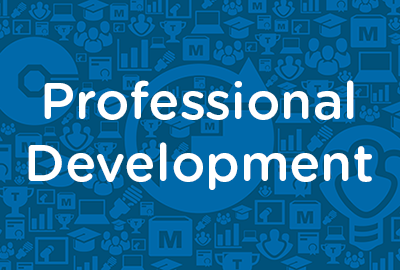 |
Interviewing Skills: Evaluating and Deciding |
0.67 |
When determining which candidate will be most successful in the job and your organization, you must complete two important steps. First, you should assess each candidate’s experience and past performance, and compare them to the job’s success factors. Then, you should compare candidates with one another to identify the one with the best fit for the job and culture.
In this course you will learn to: identify the types of bias and the steps to evaluate a candidate, and identify several criteria for ranking candidates. |
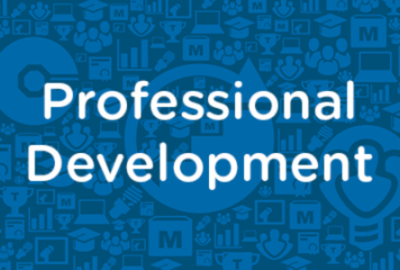 |
Interviewing Skills: Evaluating and Deciding (Corrections) |
0.67 |
When determining which candidate will be most successful in the job and your organization, you must complete two important steps. First, you should assess each candidate’s experience and past performance, and compare them to the job’s success factors. Then, you should compare candidates with one another to identify the one with the best fit for the job and culture.
In this course you will learn to: identify the types of bias and the steps to evaluate a candidate, and identify several criteria for ranking candidates. |
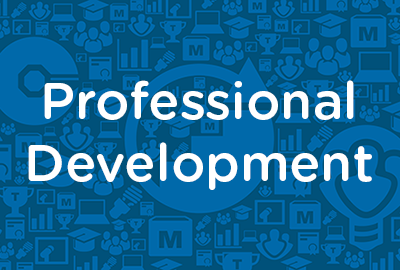 |
Interviewing Skills: Evaluating and Deciding (Instructor Guide) |
0.67 |
When determining which candidate will be most successful in the job and your organization, you must complete two important steps. First, you should assess each candidate’s experience and past performance, and compare them to the job’s success factors. Then, you should compare candidates with one another to identify the one with the best fit for the job and culture.
In this course you will learn to: identify the types of bias and the steps to evaluate a candidate, and identify several criteria for ranking candidates.
This Instructor's Edition of this course includes notes and suggestions to assist you in presenting the material, whether in an in-person classroom setting, or as an instructor-led online or distance-learning course. It also provides you with the answers to questions found in mid-lesson activities, as well as in the quiz that concludes the course. |
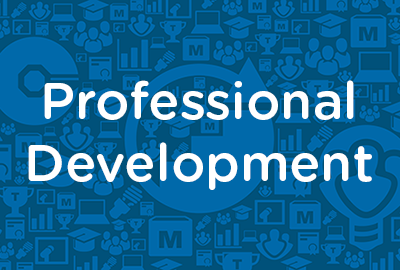 |
Interviewing Skills: Federal Laws |
0.67 |
Congress enacted the Americans with Disabilities Act (ADA) to provide a clear and comprehensive mandate to eliminate discrimination in employment against individuals with disabilities. This Act continues to have long-term benefits for American businesses, since it helps ensure that all workers have an opportunity to maximize their contributions to the productivity of the American economy.
The Immigration Reform and Control Act (IRCA) was signed into law in 1986 because of the large number of illegal aliens working in the United States. The purpose of the Act was to preserve jobs for those who are legally entitled to these, such as U.S. citizens and foreign nationals eligible to work in the United States. The Act is not a negative response to the diversification of the work force, but rather an acknowledgement of it, protecting the rights of both employer and candidate.
In this course you will learn to: define disability and identify the questions that are prohibited by the Americans with Disabilities Act, and hire employees legally under the Immigration Reform and Control Act and use Form I-9. |
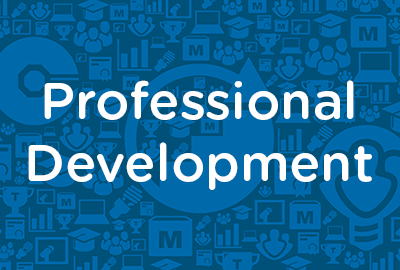 |
Interviewing Skills: Federal Laws (Instructor Guide) |
0.67 |
Congress enacted the Americans with Disabilities Act (ADA) to provide a clear and comprehensive mandate to eliminate discrimination in employment against individuals with disabilities. This Act continues to have long-term benefits for American businesses, since it helps ensure that all workers have an opportunity to maximize their contributions to the productivity of the American economy.
The Immigration Reform and Control Act (IRCA) was signed into law in 1986 because of the large number of illegal aliens working in the United States. The purpose of the Act was to preserve jobs for those who are legally entitled to these, such as U.S. citizens and foreign nationals eligible to work in the United States. The Act is not a negative response to the diversification of the work force, but rather an acknowledgement of it, protecting the rights of both employer and candidate.
In this course you will learn to: define disability and identify the questions that are prohibited by the Americans with Disabilities Act, and hire employees legally under the Immigration Reform and Control Act and use Form I-9.
This Instructor's Edition of this course includes notes and suggestions to assist you in presenting the material, whether in an in-person classroom setting, or as an instructor-led online or distance-learning course. It also provides you with the answers to questions found in mid-lesson activities, as well as in the quiz that concludes the course. |
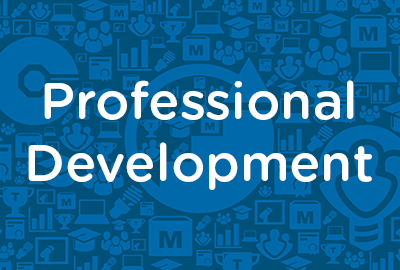 |
Interviewing Skills: Following Up |
0.67 |
Once you have conducted the interview, you need to do a follow-up and perform a self-evaluation of your interviewing skills.
In this course you will learn to: complete follow-up tasks after an interview. |
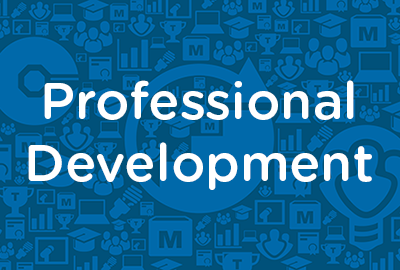 |
Interviewing Skills: Following Up (Instructor Guide) |
0.67 |
Once you have conducted the interview, you need to do a follow-up and perform a self-evaluation of your interviewing skills.
In this course you will learn to: complete follow-up tasks after an interview.
This Instructor's Edition of this course includes notes and suggestions to assist you in presenting the material, whether in an in-person classroom setting, or as an instructor-led online or distance-learning course. It also provides you with the answers to questions found in mid-lesson activities, as well as in the quiz that concludes the course. |
 |
Interviewing Skills: Fundamentals Of Interviews |
1.00 |
An interview is a planned, focused conversation that provides an employer with information needed to evaluate a candidate’s ability and motivation to perform a job successfully. In addition, interviews enable you to analyze an individual’s potential fit with an organization. To select the right candidate, you need to have a range of interviewing skills.
In this course you will learn to: discuss the benefits of interviewing skills and identify the various types of interviews, and define the success factors for a position and identify the steps involved in writing and finalizing those success factors. |
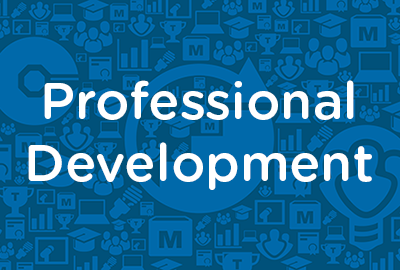 |
Interviewing Skills: Fundamentals Of Interviews (Instructor Guide) |
1.00 |
An interview is a planned, focused conversation that provides an employer with information needed to evaluate a candidate’s ability and motivation to perform a job successfully. In addition, interviews enable you to analyze an individual’s potential fit with an organization. To select the right candidate, you need to have a range of interviewing skills.
In this course you will learn to: discuss the benefits of interviewing skills and identify the various types of interviews, and define the success factors for a position and identify the steps involved in writing and finalizing those success factors.
This Instructor's Edition of this course includes notes and suggestions to assist you in presenting the material, whether in an in-person classroom setting, or as an instructor-led online or distance-learning course. It also provides you with the answers to questions found in mid-lesson activities, as well as in the quiz that concludes the course. |
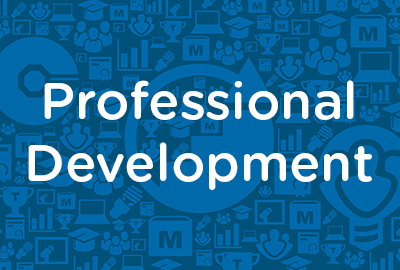 |
Interviewing Skills: Handling and Conducting |
1.00 |
Some interviewees demand a particularly focused and skillful use of interviewing techniques. Your ability to handle talkative, uncommunicative, nervous, or inexperienced candidates is important in order to get an accurate assessment of the candidate’s abilities. If you develop ways of handling various types of interviewees before the interview begins, you’ll be able to encourage them to respond positively and share information. You’ll also avoid the mistake of eliminating candidates on the basis of value judgments or preconceptions.
An interview is a two-way conversation designed to gather information about, and provide information to the candidate, so you both can decide on the fit between the position, the organization, and the candidate. Good interviews flow smoothly when both the interviewer and the candidate take part in an information exchange.
In this course you will learn to: handle an interview by developing an understanding of the various types of candidates, and conduct an interview by following a specific structure and using effective communication techniques. |
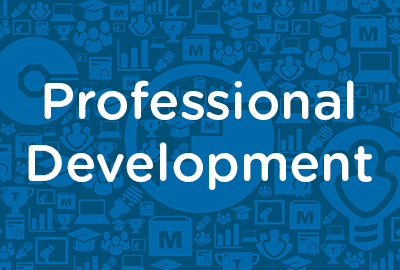 |
Interviewing Skills: Handling and Conducting (Instructor Guide) |
1.00 |
Some interviewees demand a particularly focused and skillful use of interviewing techniques. Your ability to handle talkative, uncommunicative, nervous, or inexperienced candidates is important in order to get an accurate assessment of the candidate’s abilities. If you develop ways of handling various types of interviewees before the interview begins, you’ll be able to encourage them to respond positively and share information. You’ll also avoid the mistake of eliminating candidates on the basis of value judgments or preconceptions.
An interview is a two-way conversation designed to gather information about, and provide information to the candidate, so you both can decide on the fit between the position, the organization, and the candidate. Good interviews flow smoothly when both the interviewer and the candidate take part in an information exchange.
In this course you will learn to: handle an interview by developing an understanding of the various types of candidates, and conduct an interview by following a specific structure and using effective communication techniques.
This Instructor's Edition of this course includes notes and suggestions to assist you in presenting the material, whether in an in-person classroom setting, or as an instructor-led online or distance-learning course. It also provides you with the answers to questions found in mid-lesson activities, as well as in the quiz that concludes the course. |
 |
Interviewing Skills: Planning and Preparing |
1.00 |
Once you have written success factors related to the position you are filling, you need to plan for the interview.
In this course you will learn to: identify the steps to establish a plan for an interview, and identify the steps to prepare an office for an interview. |
 |
Interviewing Skills: Planning and Preparing (Instructor Guide) |
1.00 |
Once you have written success factors related to the position you are filling, you need to plan for the interview.
In this course you will learn to: identify the steps to establish a plan for an interview, and identify the steps to prepare an office for an interview.
This Instructor's Edition of this course includes notes and suggestions to assist you in presenting the material, whether in an in-person classroom setting, or as an instructor-led online or distance-learning course. It also provides you with the answers to questions found in mid-lesson activities, as well as in the quiz that concludes the course. |
 |
Introduccian y Conocimiento de OSHA (Spanish) Introduction and Understanding of OSHA |
0.75 |
Este curso está diseñado para dar a los participantes una introducción a la OSHA. Al final de este curso los participantes tendrán una mejor comprensión de la misión de OSHA, la Ley de OSHA, la Cláusula de Deber General, y cómo ofertas OSHA con las inspecciones de trabajo, lesiones y enfermedades. |
 |
Introducing Animals: Reptiles |
4.50 |
In this course collection, interpreters, guides, docents, and wildlife care specialists can explore the fascinating life of reptiles in this collection of five modules. The individual modules allow for a more focused approach to the material, as each takes a narrow scope. Each module includes self-assessment opportunities and its own mastery test. Reptiles 1 explores the physical characteristics of the reptiles: snakes, lizards, turtles and tortoises, crocodilians, and tuataras. Reptiles 2 covers reptile distribution and habitats. In Reptiles 3, learners investigate what—and how—reptiles eat, as well as which animals prey on various reptiles, and how reptiles avoid being eaten. This module also covers thermoregulation, locomotion, behavior, and communication. Reptiles 4 explores the fascinating world of reptile reproduction. The final course in the series, Reptiles 5 investigates the conservation status of reptiles, threats to reptiles, and how conservationists are helping. The module concludes with a look at some examples of how we can all participate in reptile conservation. |
 |
Introducing Monotremes |
3.00 |
Are monotremes a bit of mystery to you? Get to know the echidnas and the platypus, as Monotremes 1 explores the physical characteristics, distribution, and habitats of echidnas and platypuses. In Monotremes 2, learners investigate what—and how—monotremes eat, as well as which animals prey on them, and how they avoid being eaten. This module also covers thermoregulation, locomotion, behavior, and social structure. The third and final course in the series, Monotremes 3, explores the fascinating world of monotreme reproduction and investigates the conservation status of monotremes, threats to platypus and echidna species, and how conservationists are helping. The module concludes with a look at some examples of how we can all participate in conservation. Remarkable images show platypuses and echidnas in ways you’ve never seen before, and video provides insights into their behavior. Interactivity sprinkled throughout the modules engages participants in the learning process, and questions at the end of each section ensure that they have mastered fundamental concepts before they move on. |
 |
Introduction and Understanding of OSHA |
0.75 |
This course covers the basic introduction to OSHA, its mission and how it's achieved, and what OSHA's role is in the workplace. |
 |
Introduction to Aging with Intellectual and Developmental Disabilities |
0.50 |
The course presents a general overview of aging with intellectual and developmental disabilities, as well as an overview of specific disabilities, such as Down syndrome, cerebral palsy, and epilepsy. |


























